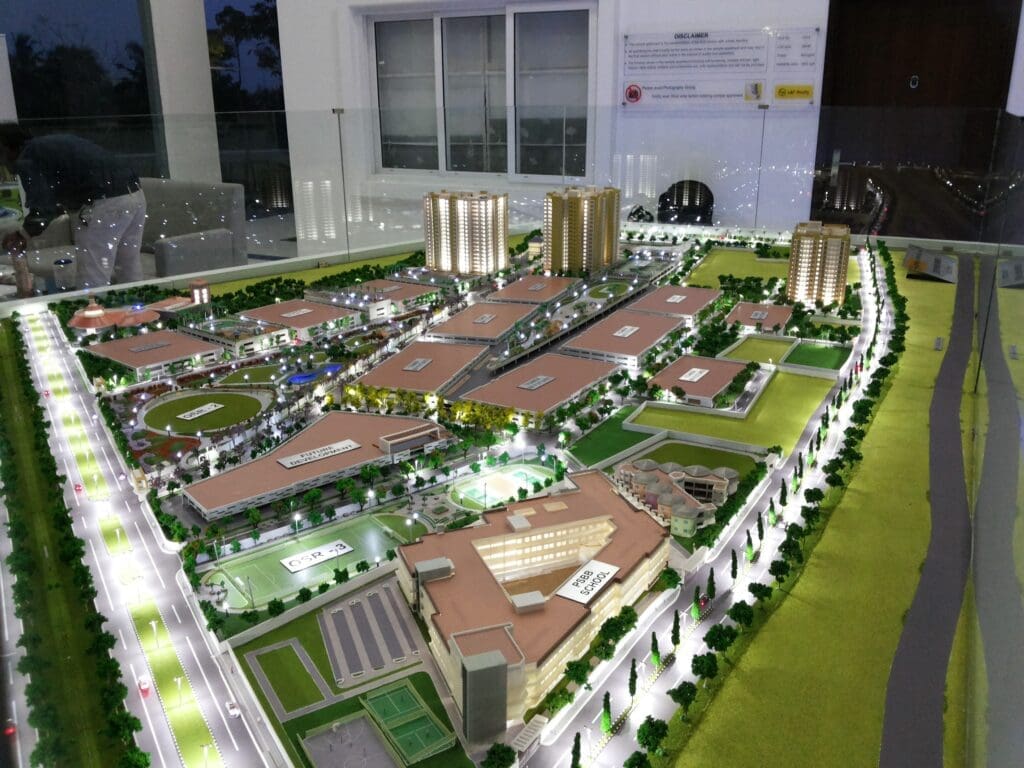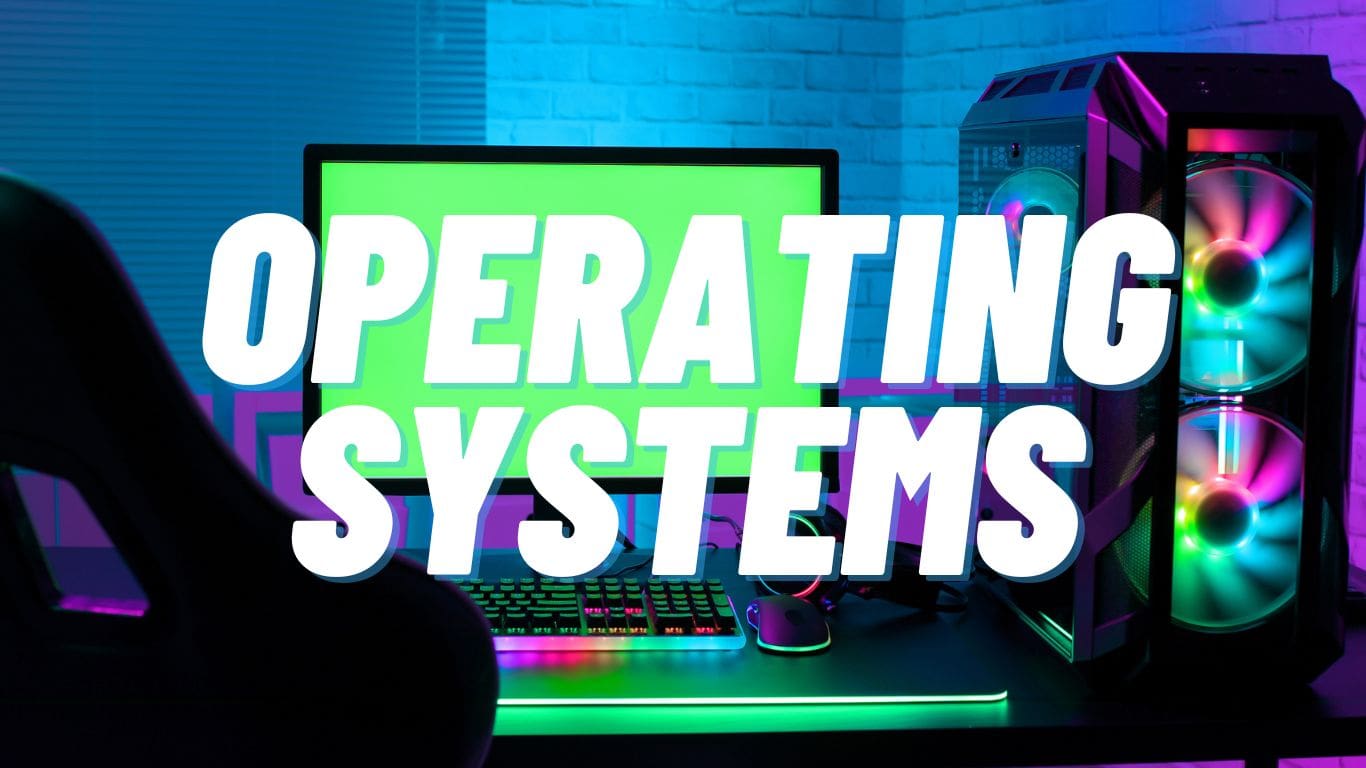Commercial architecture encompasses the design and construction of buildings and spaces used for commercial purposes, including offices, retail centers, and other business facilities. The integration of 3D printing, or additive manufacturing, into commercial architecture is transforming the industry by enabling more innovative, efficient, and sustainable construction practices. This technology not only facilitates unique architectural designs but also offers a rapid, cost-effective approach to building, making it an increasingly attractive option for commercial projects.
The Emergence of 3D Printing in Commercial Architecture
Initially utilized for creating prototypes and models in various industries, 3D printing has expanded to large-scale applications, including the construction of commercial buildings. Advances in 3D printing technology allow for the direct fabrication of large structural components and even entire buildings, using materials such as concrete, polymers, and composites. This shift towards additive manufacturing in commercial architecture is driven by the technology’s ability to produce bespoke designs quickly and reduce material waste, aligning with the growing demand for greener building solutions.

Advantages of 3D Printing in Commercial Architecture
Innovative Design Flexibility: 3D printing allows architects to explore complex geometries and custom design solutions that are difficult or impossible to achieve with traditional construction methods. This includes intricate facades, organic shapes, and customized structural elements.
Enhanced Speed and Efficiency: Buildings and their components can be printed and assembled in a fraction of the time required for traditional construction methods. This rapid construction capability significantly reduces project timelines and labor costs.
Cost Reduction: 3D printing minimizes waste by using materials more efficiently and reduces the need for costly frameworks and molds. This process can lead to substantial cost savings in material procurement and waste management.
Sustainability: By reducing material waste and allowing for the use of recycled materials, 3D printing contributes to more sustainable construction practices. This is particularly appealing in commercial architecture, where environmental impact and operational efficiency are critical considerations.
Customization and Scalability: Additive manufacturing supports the customization of designs without substantially increasing costs, making it ideal for commercial projects that require unique branding or specific functional attributes.
Key Applications of 3D Printing in Commercial Architecture
Retail and Hospitality Structures: 3D printing is used to create distinctive structures for retail stores and hotels, where brand identity and aesthetic appeal are crucial. Customized designs can be produced to reflect brand themes or to enhance customer experiences.
Office Buildings: Innovative workspaces with optimized layouts for functionality and energy efficiency are being developed using 3D printing. This includes the construction of ergonomic work areas, integrated technology hubs, and green building elements.
Modular and Temporary Structures: For businesses requiring flexibility, 3D printing offers solutions for modular and temporary structures that can be easily assembled, disassembled, and reconfigured according to changing needs.
Facility Expansions and Renovations: 3D printing allows for seamless expansions and renovations with minimal disruption to existing operations, ideal for businesses that need to adapt their facilities without significant downtime.

Challenges in 3D Printing for Commercial Architecture
Material Performance: Ensuring that 3D printed materials meet all the performance requirements for commercial use, including durability, safety, and weather resistance, remains a challenge.
Regulatory and Code Compliance: Incorporating 3D printed structures into commercial architecture must navigate complex regulatory landscapes, ensuring that all printed buildings comply with local building codes and standards.
Scale and Technical Limitations: While 3D printing technology is advancing, scaling up to larger commercial projects can present technical challenges, particularly in maintaining structural integrity and precision.
Public Perception and Market Acceptance: Gaining broader acceptance of 3D printed commercial buildings from stakeholders, including investors, tenants, and regulatory bodies, requires demonstrating the long-term viability and benefits of this technology.
Future Directions in 3D Printing for Commercial Architecture
The future of 3D printing in commercial architecture looks promising, with continuous technological advancements expected to further enhance its viability and attractiveness. Innovations in printer capabilities and material science are likely to expand the scale and scope of printable commercial projects. Moreover, as sustainability becomes increasingly important, 3D printing is poised to play a pivotal role in creating eco-friendly and energy-efficient commercial buildings.
3D printing is poised to revolutionize the field of commercial architecture by offering new possibilities for building design, construction, and operation. As the technology continues to develop, it promises to deliver more sophisticated, cost-effective, and sustainable solutions for commercial spaces. With ongoing innovations and broader integration, 3D printing will increasingly become a cornerstone of modern commercial architecture, reshaping how commercial properties are designed, built, and perceived.








